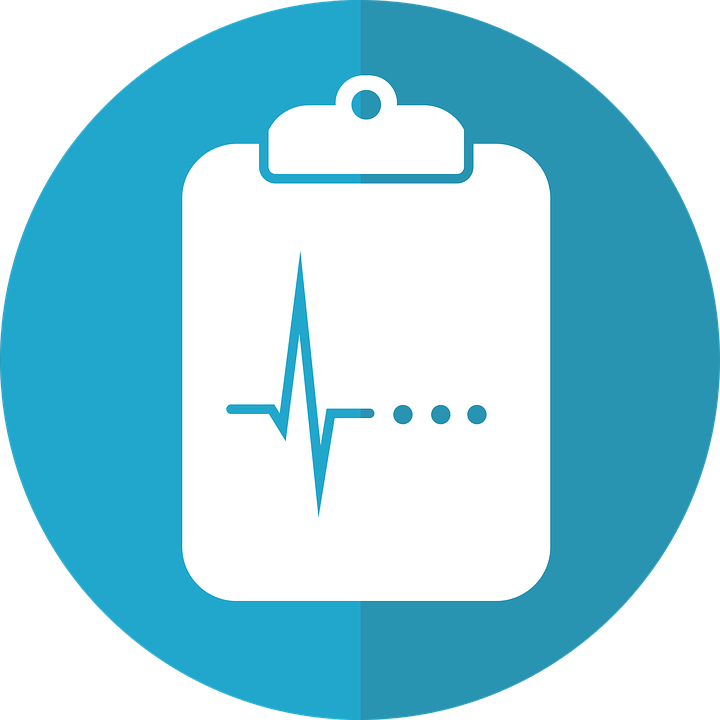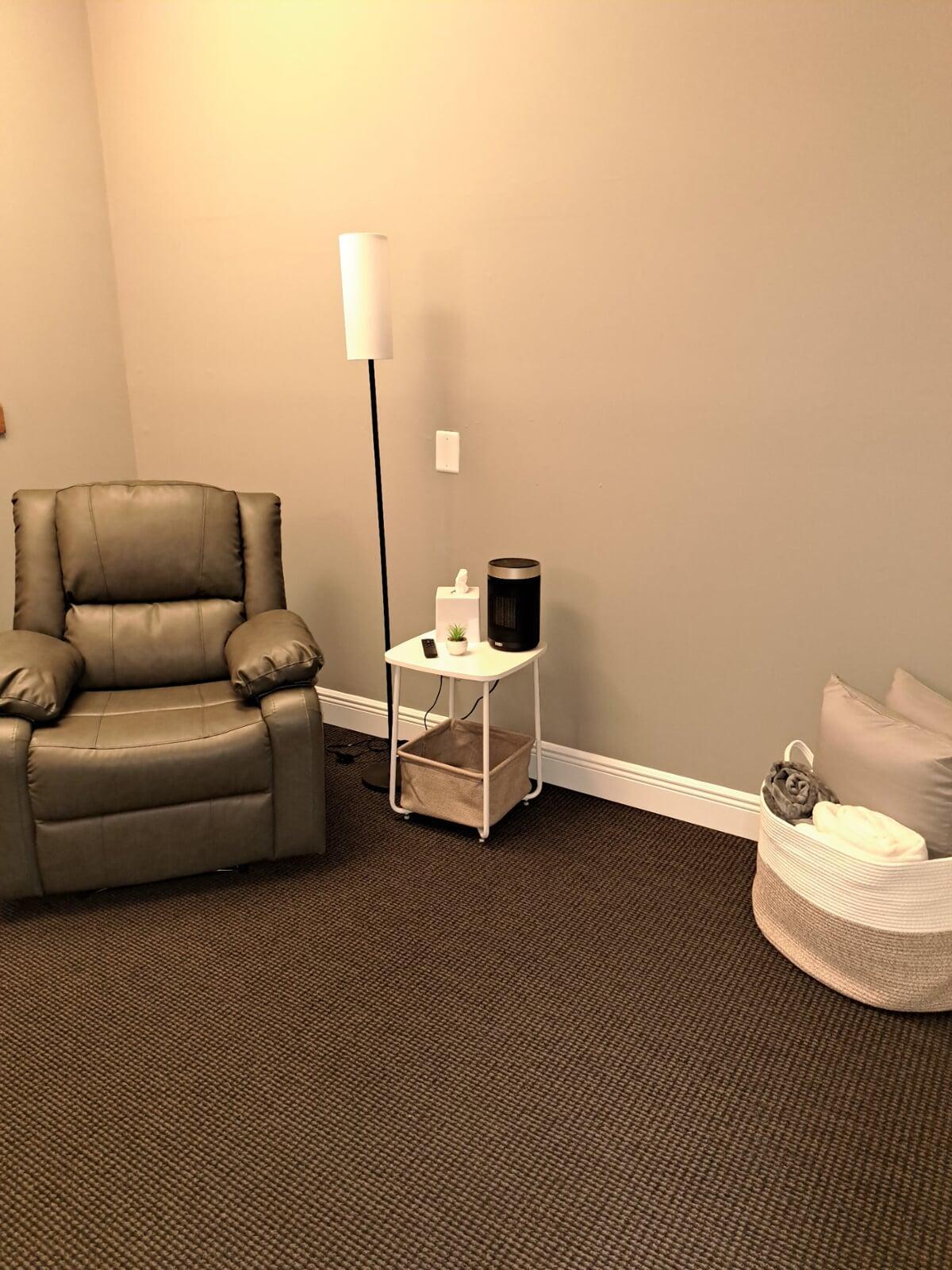
HOW IT WORKS
Ketamine injection therapy is an emerging treatment option for various mental health conditions and chronic pain syndromes. Ketamine is a medication that, at lower doses then used for anesthesia, can have therapeutic effects.
NMDA Receptor Antagonist: Ketamine primarily works by blocking NMDA receptors in the brain, which are involved with regulating mood, cognition and pain perception.
Glutamate & Neuroplasticity: By blocking NMDA receptors, ketamine increases the release of glutamate, a neurotransmitter that plays a role in mood and synaptic plasticity (the brain’s ability to form new connections).
TREATMENT PROCESS

Intramuscular Injection (IM)
Ketamine is injected directly into a muscle often in the arm or thigh. The IM injection has a faster onset of reaction than IV infusions.

Monitoring
Patients are closely monitored during the session and for a period afterward.

Multiple Sessions
Treatment typically involves a series of injections over a period of weeks or months.
THERAPEUTIC ATMOSPHERE
Private and Quiet

Comfortable Seating

Calming Music

COMBINING KETAMINE AND COGNITIVE BEHAVORIAL THERAPY (CBT)
CBT is a form of psychotherapy that focuses on identifying and changing negative thought patterns and behaviors. It helps patients develop coping skills and strategies to manage their mental health.
The idea of combining these two treatments is to capitalize on the increased neuroplasticity induced by the ketamine to make CBT more effective. Essentially, ketamine can create an opportunity where the brain is more receptive to the changes promoted by CBT.
CBT sessions will be done via telemedicine. The number of CBT sessions corresponds with the level of treatment the doctor recommends for each individual patient.